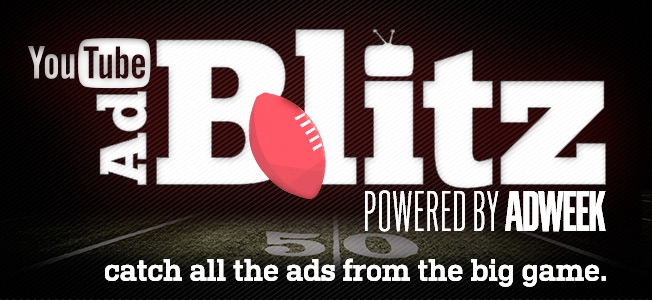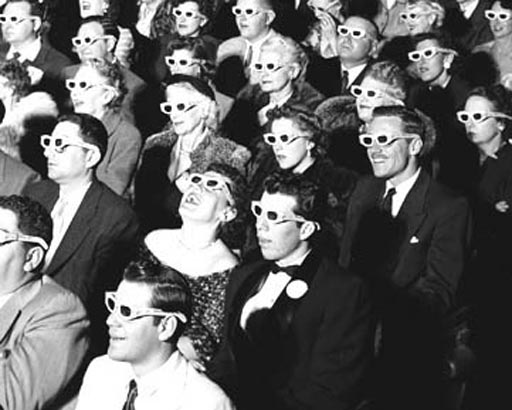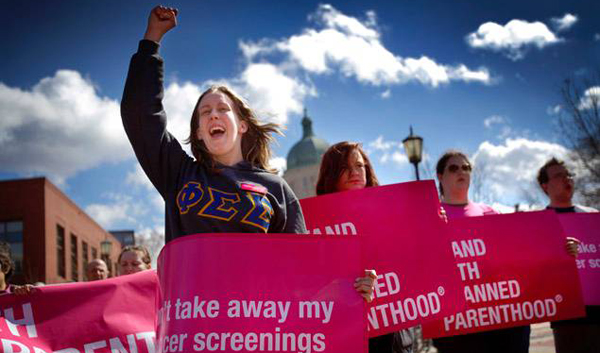In this social media saturated landscape, word-of-mouth (or word-of-MOUSE as the case may be) advertising carries a lot of clout. Because so many of us are skeptical of traditional advertising pitches, a referral from a trusted friend…yes, even a Facebook friend…is highly valued. In fact, according to Reuters, “Facebook Chief Executive Mark Zuckerberg was quoted as saying that a trusted referral was the ‘Holy Grail’ of advertising.” And just as money is what advertising is ultimately about, money is also central to a class-action lawsuit that Facebook lost when it was accused of using Facebook users’ “likes”, without their consent, to pitch products to their Facebook friends.
This is not a new story. Most of it transpired in Summer and Fall of 2012, but the lesson is worth reviewing and repeating. The poster-child for this particular violation is Facebook user Nick Bergus. According to Venturebeat.com,
The most egregious example of a user becoming the inadvertent spokesman for a less-than-
squeaky-clean brand, of course, is Nick Bergus, who became the leading pitchman for Passion Natural Water personal lubricant — in 55-gallon allotments.
A class-action lawsuit, brought in California court, sought damages from Facebook for their use of “sponsored stories” without paying Facebook users or allowing them to opt out. According to Reuters, “A ‘Sponsored Story’ is an advertisement that appears on a member’s Facebook page and generally consists of another friend’s name, profile picture and an assertion that the person ‘likes’ the advertiser.” In the case of Nick Bergus, his likeness was used to sell 55-gallon drums of personal lubricant.
Now that the lawsuit has been settled, a potential 125 million Facebook users are eligible for a settlement of … wait for it … two cents each, or up to $10 if they apply.
One thing is certain, the advertising business is changing. Native ads, what some are calling the “next wave” of advertising, are replacing traditional banner ads, pop-ups, and pre-rolls. As new media companies attempt to find new ways to monetize their business, too often they step over boundaries intended to protect users’ privacy.







